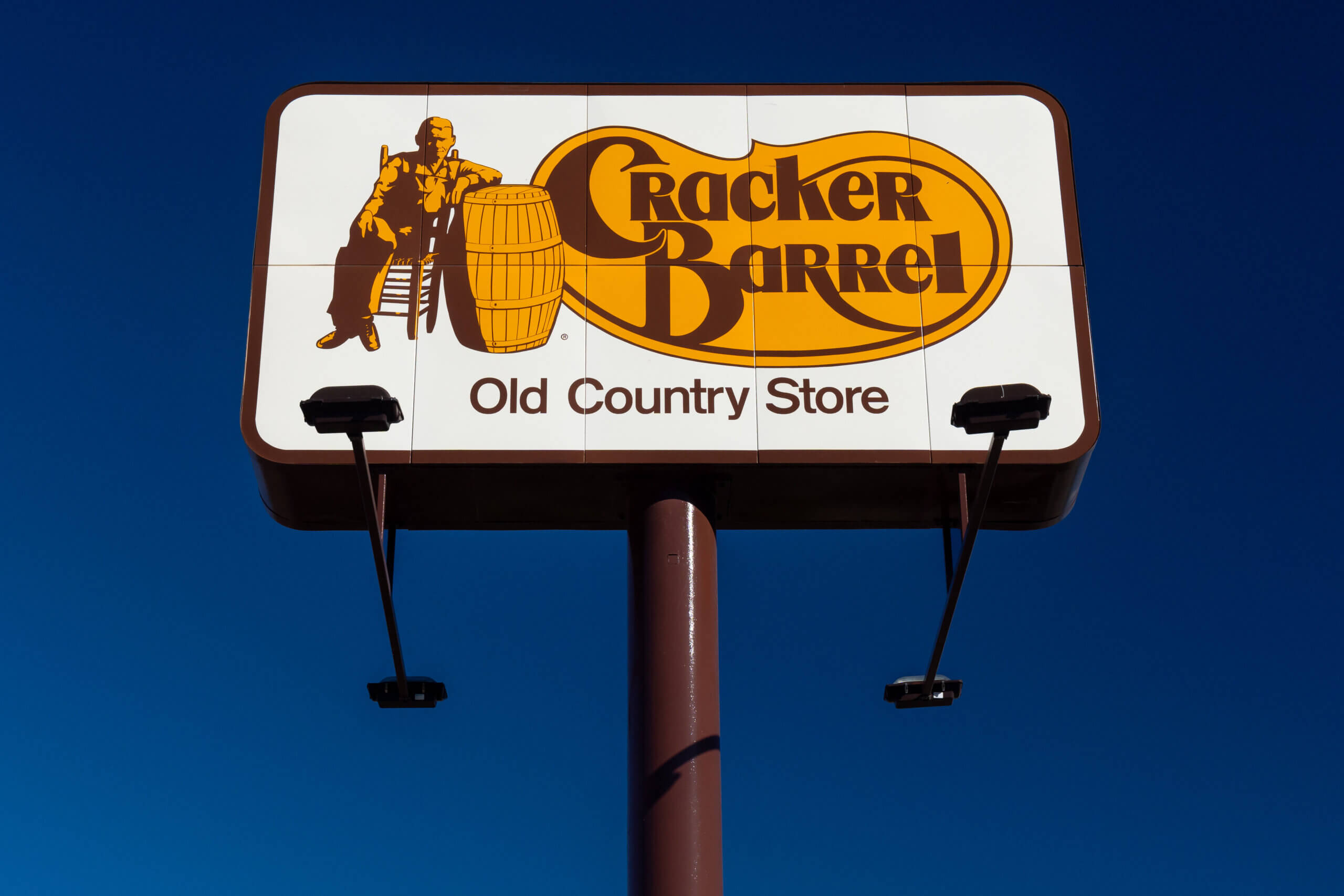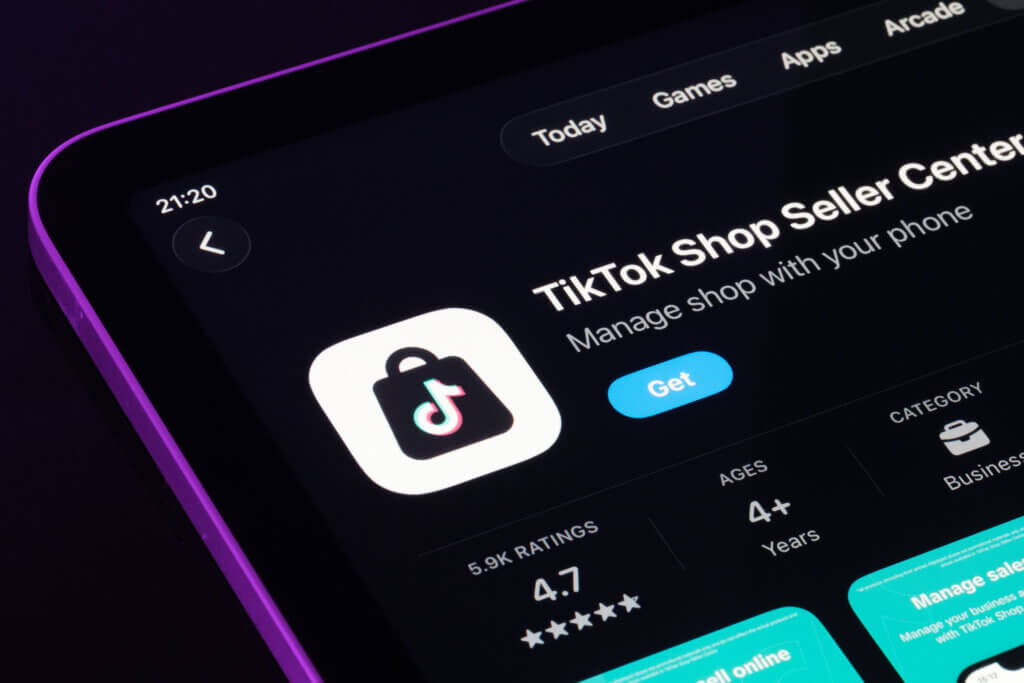When Cracker Barrel unveiled its new minimalist logo in August, it hoped to signal progress – a refreshed visual identity meant to usher in a new era for the iconic chain. Instead, it triggered an identity crisis that swiftly spiraled into a PR debacle, widespread backlash, and the termination of its relationship with the firm behind the campaign.
This is a cautionary tale about brand trust, cultural awareness, and the cost of innovation when not anchored in customer understanding.
What Happened
Cracker Barrel had hired a global marketing consultancy as part of a three-year strategic plan to update its brand, modernize its stores, and reimagine its marketing approach. That plan included a redesigned restaurant prototype and a new logo, one that replaced the nostalgic “Old Timer” icon (a man in overalls leaning on a barrel) with a sterile, typographic wordmark.

Almost immediately, the shift was met with intense criticism. Customers saw it as an abandonment of the brand’s Southern roots. Commentators called it a betrayal of tradition, President Trump weighed in, and across the internet, the backlash crescendoed.
In late August, just weeks after the new logo was introduced, Cracker Barrel reversed course. It restored the original logo and paused further rollouts of the new store design. By early October, the company had officially cut ties with the firm behind the redesign.
The fallout wasn’t just reputational. According to Forbes, Cracker Barrel lost nearly $100 million in market share value during the controversy.
A Case Study in Brand Misalignment
Cracker Barrel’s misstep offers clear lessons for any brand navigating growth, change, or reinvention. The central issue wasn’t that the brand tried to evolve. It’s that the evolution came without context, clarity, or connection.
Here’s where it went wrong:
1. Erasing Instead of Evolving
The new logo was sterile. In removing its signature iconography, Cracker Barrel severed ties with the very essence of its identity. In an effort to appeal to a broader or younger audience, the brand alienated its most loyal base.
2. No Narrative Behind the Change
As several commentators pointed out, Cracker Barrel never explained the “why” behind the redesign. In a cultural moment where every shift is scrutinized, brands must clearly articulate the intent and the strategy behind major decisions, especially those tied to legacy symbols.
3. Underestimating Emotional Equity
Cracker Barrel isn’t just a restaurant. It’s a memory. Families gather there. Road trippers rely on it. The “Old Timer” figure was a cultural signal. To remove it without emotional preparation was to strip customers of a beloved tradition.
Rachel Gogos, Founder and CEO of brandiD, said it perfectly, “The mistake wasn’t in evolving the brand. It was in leaving their audience behind.”
How Cracker Barrel Is Responding
In the wake of the controversy, Cracker Barrel didn’t just part ways with its agency. It also restructured its leadership. As reported by The Wall Street Journal, the role of Chief Restaurant & Retail Operations Officer was eliminated, and two key executives were brought in to steer the brand back to its roots, including a former VP credited with high-performing menu innovations.
The company also announced it would restore traditional store designs and focus on what CEO Julie Felss Masino called “craveable food and warm country hospitality,” a clear signal that it’s returning to the brand’s foundational strengths.
What This Means for Brand Leaders
We see this dynamic play out often: the desire to modernize without a clear strategy for protecting emotional capital.
Here’s our perspective:
- Modernization must feel like continuity, not rupture. Your customer doesn’t mind growth as long as they do not feel left behind.
- Narrative matters more than design. A good logo can’t carry a bad rollout. Communicate clearly, early, and often.
- Data should guide, not dictate. Consumer insights and brand equity studies are critical before removing legacy elements.
- Trust is built in permission. Bring your audience into the evolution. Make them part of the journey.
Final Thought: Modernize the Message, Not the Meaning
Cracker Barrel’s story is a masterclass in how not to run a rebrand. The company sought to refresh its image but forgot the cardinal rule: brands are built in hearts and minds.
Avenue Z helps brands modernize without losing their soul. We believe evolution is essential, but only when it respects the emotional contract you’ve built with your audience.
If your brand is undergoing transformation, whether visual, structural, or cultural, you need a partner who understands the stakes. Get in touch with our experts.
Build a Brand People Remember
Craft a narrative that captures attention and earns trust, with strategies designed to strengthen your identity across every channel.






